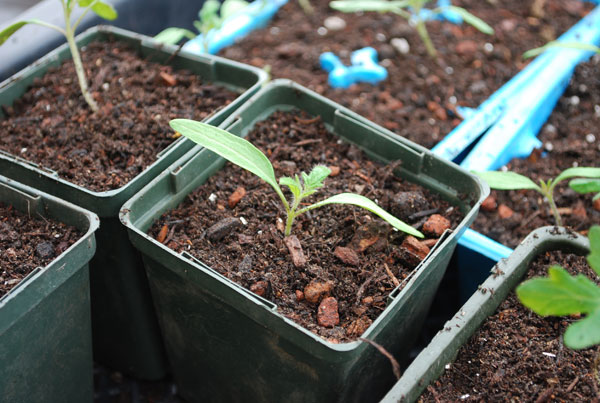

The more often green tomatoes are exposed to these chilly temperatures, the less likely they will ripen at all. Temperatures below 50☏ (10☌) can destroy some of the ripening enzymes within the fruit. The optimal temperatures for tomato fruits to ripen from green to red are between 68☏ to 77☏ (20☌ to 25☌). Just as young tomato plants need light and warmth to grow vegetatively, put out flowers, and set fruit, mature tomato plants require certain temperatures for fruit ripening.
#Cherry tomato seedlings massachusetts how to
How to Protect Mature Tomato Plants from Early Fall Frost When ready to store for the off season, it collapses into a tidy package that can be reused again and again. The ends of the tunnel have a drawstring closure so you can keep plants warm and cozy inside on those chilly spring evenings.Īt nearly 10 feet in length when fully extended, the tunnel can be easily adjusted for shorter garden rows because it opens up like an accordion. While you can purchase greenhouse hoops and floating row covers separately, this kit by Terra Garden comes complete with galvanized steel hoops attached to a fitted fleece tunnel. To cover up a row of tomato seedlings all at once, a mini hoop house kit is a great investment. You can purchase Season Starter 3-packs here. Just be sure to keep the water topped up! Keep them on your tomato plants as long as you can through the season, as they also help moderate the heat of midsummer as well. Situated around each plant, Wall O Water contraptions allow you to transplant tomato seedlings outdoors six weeks earlier than usual. The water helps insulate the plant against temperatures as low as 26☏ (-3☌). Made from flexible plastic, these tubular covers are surrounded by a ring of long pockets that you fill with water. Wall O Water (also known as Plant Protectors and Season Starters) are a way of protecting plants from cold and extending the growing season by several weeks. Upside down buckets, terra cotta pots, plastic planters, and waste bins would also work.Īnother option is to cut off the bottoms from plastic milk jugs and large water bottles and nestle them into the soil around seedlings.

You can also start a collection of garden cloches with items commonly found around the home.Īny rigid container can become a garden cloche. You can purchase a 6 pack of garden cloches on Amazon here. These are best to deploy when tomato plants are still fairly young and before they become sprawling behemoths. When the cold is coming, cover plants up at dusk and remove the cloches first thing in the morning the next day. Garden Cloches A glass cloche protecting lettuce from late spring frosts.Ī garden cloche is a plastic or glass dome that is placed over individual plants to protect them from the cold. Luckily, it’s pretty easy to protect them from the cold while they are still relatively small and compact. Tomato plants exposed to prolonged periods of temperatures below 50☏ (10☌) will flower profusely but fruit won’t set.Īnd in temperatures between 32☏ and 41☏ (0☌ and 5☌), tomatoes become affected by chilling injury, which stunts overall growth, causes foliage to become wilted or die back, and increases the plant’s susceptibility to disease.įor the best yields, you’ll want to keep young tomato plants nice and warm early in the growing season. A “catfaced” tomato – likely damaged by consistently cold temperatures. When temperatures are below 55☏ (13☌) consistently, the fruit that eventually develops can become misshapen or “catfaced” – malformed tomatoes that are still edible but have brown scarring, holes, and crevasses in the flesh. The optimum temperature for productive and healthy tomato plants is between 65☏ to 80☏ (18.5☌ to 26.5☌). How to Protect Tomato Seedlings Against Late Spring FrostĮven when you do everything by the book and plant up your tomato seedlings after the last frost date for your region, a sudden cold spell may come along to foil your plans. Tomatoes are particularly sensitive to frost even cool temperatures that don’t dip below freezing can cause lasting harm to tomato plants, both young and old. Like other warm season veggies such as peppers and eggplant, tomatoes will be their healthiest when given plenty of light and warmth. Sudden swings in temperature in late spring or early autumn can mean stunted growth, misshapen flowers or fruit, or most tragically, the untimely demise of your frost tender crops. When you live in a part of the world with distinct seasons, dutifully checking the weather forecast every day is a semi-annual gardening tradition.


 0 kommentar(er)
0 kommentar(er)
